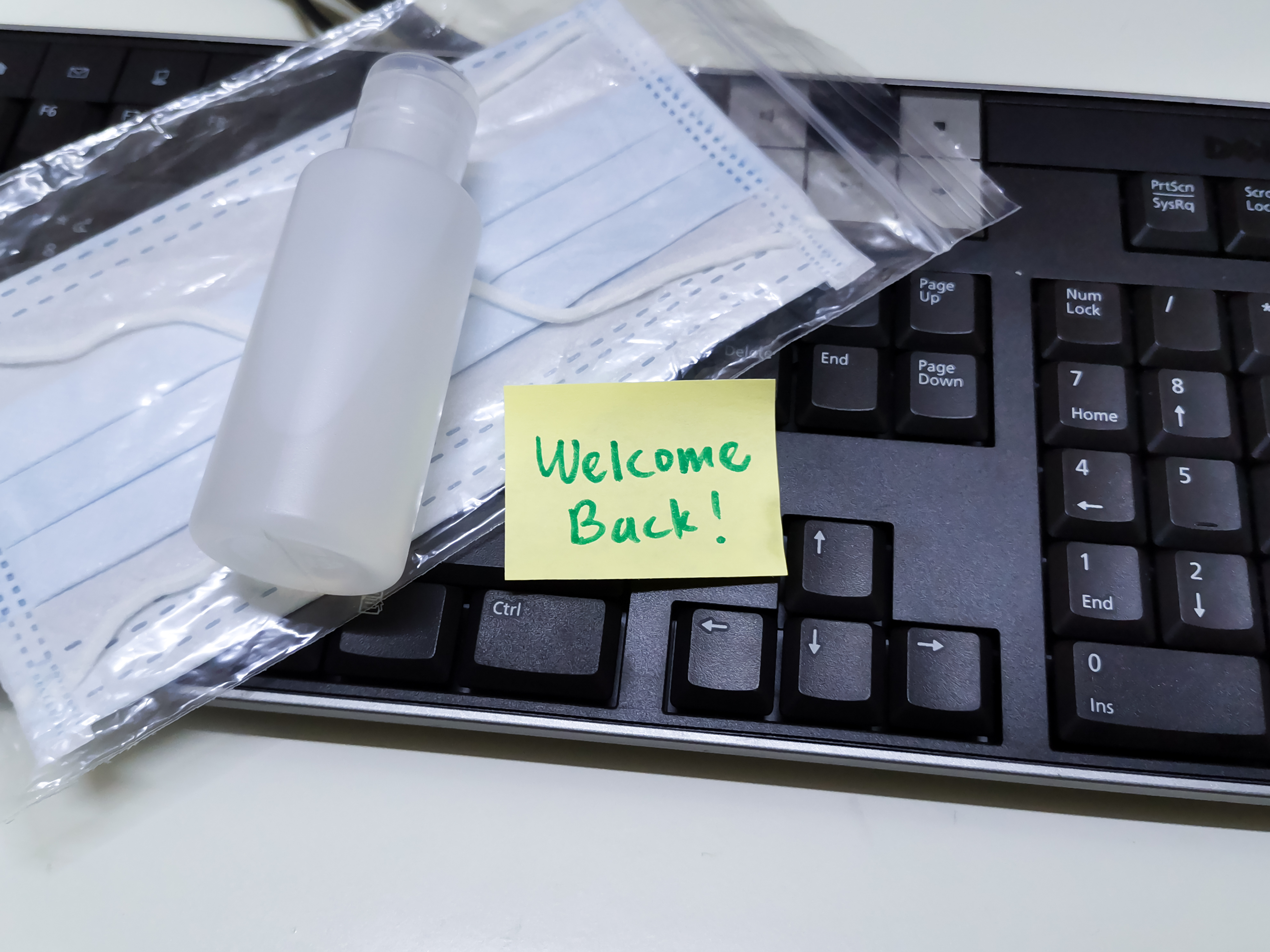Being hailed as ‘Freedom Day’ – the 19th July 2021 is the date on which most of the COVID-19 pandemic restrictions will be lifted in England. The successful roll-out of the vaccination programme has worked to weaken the link between cases and hospitalisations, protecting the NHS and encouraging the Government to lift restrictions despite the surge in infection rates.
The ‘ask’ from the UK Government is that whilst we move to step 4 and lift restrictions that the public and businesses apply common sense. Self-isolation rules will still be in play until the 16th August. It is anticipated that cases of COVID will reach as many as 100,000 cases a day during the summer months after restrictions have been lifted. This could have a significant impact on the number of people requiring to self-isolate – research estimates as many as 3.5million people could fall into this category.
We will be moving from a position of ‘following imposed rules’ set by the Government to a place where we need to exercise our own judgement both as individuals and as business leaders looking to protect the health, safety and welfare of our workforce.
The Government will be replacing the sector-by-sector guidance on Covid-secure workplaces with simpler advice. It will form part of the health and safety regime that existed for workplaces prior to the pandemic. Businesses need to have a sensible and proportionate approach to returning to the workplace to minimise the spread of infection otherwise they run the risk of a see-saw open/closed operation.
Elements to consider for a safe return to the workplace:
- Have a clear ‘Return to Work’ Plan
There is a need to recognise the different ways our employees have been working over the last 18 months and not everyone will be eager to return immediately. Ensure your plan is well considered and ideally adopts a phased and staggered return which reintroduces employees in phases.
- Clear Plans for Re-Exit
Ensure there is a clear plan in place if the need arises to re-exit the workplace if cases of COVID spike or there is a positive case within the workplace. This will include cleaning and sanitisation procedures and how the workforce and clients will be communicated with.
- Be Prepared for a More Flexible Work Environment
With the recent advancements in IT infrastructure and tools, as well as the rapid adoption of collaboration tools, many employees will expect more flexibility in how they work from this point forward. Use the pandemic experience as a positive opportunity to reflect on what has worked well and consider your future needs in terms of working styles, digital tools and physical space.
- Be Clear and Consistent in your Communications
Throughout the pandemic messages and rules have changed, come in and left us. It is a confusing and potentially anxious time for our workforce. Don’t add to the uncertainty – be clear in your communications about your expectations of employees and what will happen and when.
- Understand the temperature of your Workforce
Don’t assume that everyone is positively excited by ‘freedom day’ and a return to a pre-pandemic world. Some may be anxious about returning to the workplace, seeing colleagues again and stepping outside of what may have become a comfortable working bubble. Listen to your workforce and respond appropriately and sensitively to their concerns.
- Be Reasonable…
The urge from the Government is to apply common sense as we emerge from the current restrictions. Organisations should consider what works for them and apply sensible risk control measures to take them through to the next phase of pandemic response management in order to minimise the spread of infection and protect the workforce.
- Sell the Benefits…
Be sure to highlight the benefits to employees of reconnecting in person with colleagues, clients and other stakeholders. The mental health and wellbeing of our workforce has been placed under immense strain during the pandemic and many employees may need encouragement and support to reconnect.
- Look out for signs of struggle
Support each other. This is an unprecedented situation and emotions will be running high. Look out for signs that colleagues may be struggling – either at returning to the workplace or remaining working from home.
If you’d like to find out more information to ensure your offices are ready for employees to return or services to help you prepare contact us today to find out more about how we can help. We guide, guard, and go beyond to protect you, your company, and your clients.




 Search
Search



